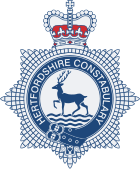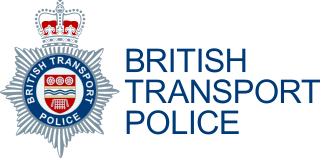
British Transport Police is a national special police force that polices the railway network of England, Wales and Scotland. The force polices more than 10,000 miles of track and more than 3,000 stations and depots.

Thames Valley Police is the territorial police force responsible for policing the Thames Valley, covering the counties of Berkshire, Buckinghamshire and Oxfordshire in South East England. It is the largest non-metropolitan police force in England and Wales, covering 2,218 square miles (5,740 km2) and a population of 2.42 million people.
A Police Community Support Officer, or as written in legislation Community Support Officer, is a uniformed member of police staff in England and Wales, a role created by Section 38(2) of the Police Reform Act 2002, which was given Royal Assent by Queen Elizabeth II on 24 July 2002. They are not warranted, but hold a variety of police powers and the power of a constable in various instances by the forty-three territorial police forces in England and Wales and the British Transport Police.

West Midlands Police is the territorial police force responsible for policing the metropolitan county of West Midlands in England.

Avon and Somerset Police is the territorial police force responsible for law enforcement in the five unitary authority areas of Bristol, Bath and North East Somerset, North Somerset, Somerset, and South Gloucestershire, all in South West England.

Bedfordshire Police is the territorial police force responsible for policing the ceremonial county of Bedfordshire in England, which includes the unitary authorities of Bedford, Central Bedfordshire and Luton. Its headquarters are in the town of Kempston in Bedford Borough.

Cambridgeshire Constabulary is the local territorial police force that covers the county of Cambridgeshire and Peterborough unitary authority. It provides law enforcement and security for an area of 1,311 square miles (3,400 km2) and population of 856,000 people, in a predominantly rural county. The force of Cambridgeshire includes the cities of Cambridge, Ely and Peterborough, the market towns of Chatteris, Huntingdon, March, Ramsey, St Ives, St Neots, Whittlesey, and town and Port of Wisbech. Its emblem is a crowned Brunswick star containing the heraldic badge of Cambridgeshire County Council.

Cumbria Constabulary is the territorial police force in England covering the unitary authority areas of Cumberland and Westmorland and Furness in the ceremonial county of Cumbria. As of September 2017, the force had 1,108 police officers, 535 police staff, 93 police community support officers, and 86 special constables.
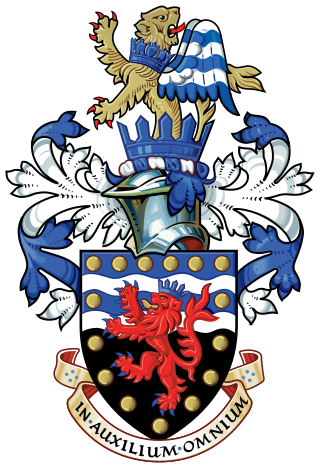
Devon and Cornwall Police is the territorial police force responsible for policing the ceremonial counties of Devon and Cornwall in South West England. The force serves approximately 1.8 million people over an area of 3,967 square miles (10,270 km2).
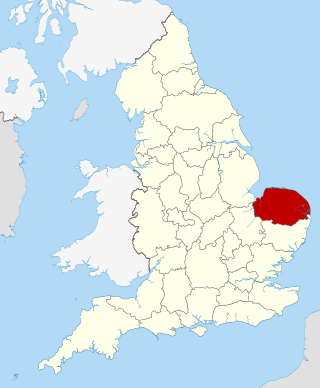
Norfolk Constabulary is the territorial police force responsible for policing Norfolk in East Anglia, England. The force serves a population of 908,000 in a mostly rural area of 2,079 square miles (5,380 km2), including 90 miles (140 km) of coastline and 16 rivers, including the Broads National Park. Headquartered in Wymondham, Norfolk is responsible for the City of Norwich, along with King's Lynn, Great Yarmouth and Thetford. As of March 2023, the force has a strength of 1,897 police officers, 163 special constables, 1,318 police staff/designated officers, and 103 police support volunteers. The chief constable is currently Paul Sanford, and the police and crime commissioner is Giles Orpen-Smellie (Conservative).
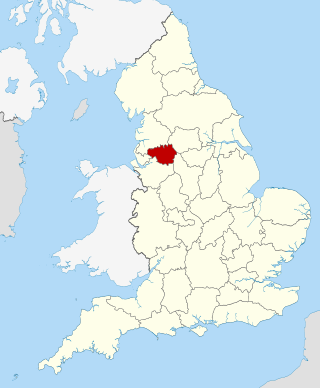
Greater Manchester Police (GMP) is the territorial police force responsible for law enforcement within the metropolitan county of Greater Manchester in North West England.

Lancashire Constabulary is the territorial police force responsible for policing the ceremonial county of Lancashire in North West England. The force's headquarters are at Hutton, near the city of Preston. As of September 2020, the force has 3,088 police officers, 190 special constables, and 280 police community support officers (PCSO), 300 police support volunteers (PSV), and 2,287 staff.

Durham Constabulary is the territorial police force responsible for policing the council areas of County Durham and Darlington in North East England. It does not cover all of the ceremonial or historic area of Durham, parts of which are covered by the neighbouring forces of Cleveland Police and Northumbria Police. The other neighbouring forces are Cumbria Constabulary to the west and North Yorkshire Police to the south.

Essex Police is a territorial police force responsible for policing the county of Essex, in the East of England. Essex Police is responsible for a population of over 1.8 million people and an area of 1,420 square miles (3,700 km2).

The Hampshire and Isle of Wight Constabulary is the territorial police force responsible for policing the counties of Hampshire and the Isle of Wight in South East England.

Sussex Police are the territorial police force responsible for policing in the whole of Sussex. Their jurisdiction covers the ceremonial counties of East Sussex and West Sussex. Their headquarters are in Malling House, Lewes, East Sussex.
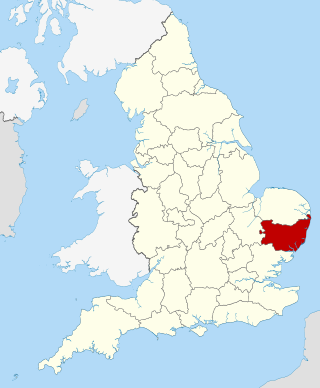
Suffolk Constabulary is the territorial police force responsible for policing Suffolk in East Anglia, England. The force serves a population of 761,000 in a mostly rural area of 1,466 square miles, including 49 miles of coastline and the Southern part of the Broads National Park. Headquartered in Martlesham, Suffolk is responsible for Ipswich, Lowestoft, Bury St Edmunds and Felixstowe. As of March 2023, the force has a strength of approximately 1,399 police officers, 116 special constables, 917 police staff/designated officers, 33 PCSO's and 123 police support volunteers. The Chief Constable is currently Rachel Kearton, and the Police and Crime Commissioner Tim Passmore (Conservative).
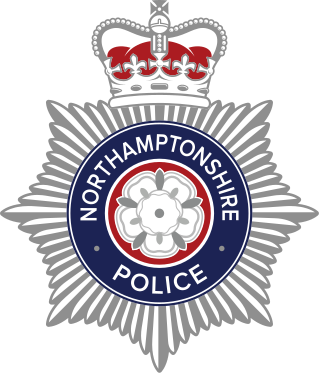
Northamptonshire Police is the territorial police force responsible for policing the county of Northamptonshire in the East Midlands of England, in the United Kingdom.

A collar number, also known as a shoulder number, force identification number (FIN) or occasionally as force number, identifies police officers, police community support officers (PCSO), special constables and some police staff in UK police forces – other law enforcement agencies, such as HM Prison Service, have also adopted identification numbers. Although now displayed on epaulettes, it is still commonly referred to as a collar number. Although most forces issue a collar number to all warranted officers regardless of role, only uniformed officers of the ranks constable and sergeant actually display the numbers.
